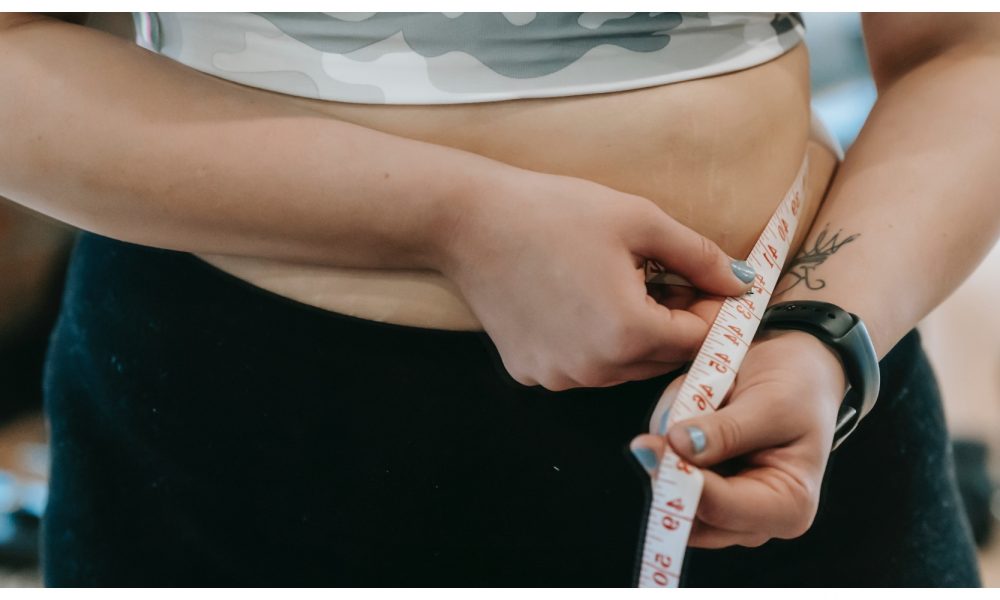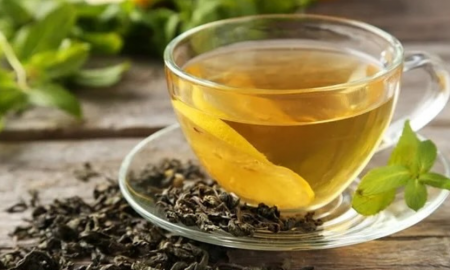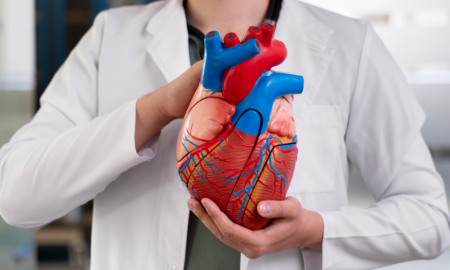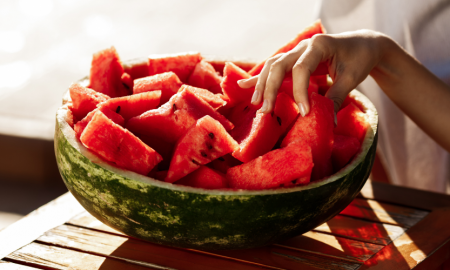
How to Beat The Menopause Weight Gain With the Galvestone Diet


A nutritional blueprint can help women going through their menopause journey. The Galveston Diet is a nutritional plan specially designed to help women undergoing menopause. It beats the weight gain that is almost a given. Middle-age weight gain is something that many women face, and the various distressing menopausal symptoms that come with it.
Even if you have been lean for the better part of your life, some of the major changes to your body can be unnerving for you. The unwanted body changes that menopause brings about can make you feel overwhelming. The shift of hormones is why you may feel the way you feel.
The journey can be taxing for some because they may give their very best, exercise hard, and eat less, yet they do not get the desired result. But all is not lost. You may still be able to lose that extra weight even if you have hit menopause. The Galveston Diet will tell you how the founder of the diet plan, Mary Claire Haver, introduced the Galveston Diet, an MD and OBGYN.
The Galveston Diet can target slower metabolism. It can also reduce inflammation, reduce the incidence of hot flashes and target the extra weight. So, here are some tips to get the diet right and lose extra weight.
The Foods to Eat
 Anti-inflammatory foods are your best bet in this diet, and you need to add plenty of them to your diet. So, focus on the diet that contains lean, grass-fed protein, unsaturated fats, non-starchy vegetables, low-carb and low-sugar fruits, and unsaturated fats. You can omit the excess saturated fat that leads to weight gain by lean proteins. You can add eggs, salmon, lean, grass-fed poultry, beef, turkey, and even raw beef steak.
Anti-inflammatory foods are your best bet in this diet, and you need to add plenty of them to your diet. So, focus on the diet that contains lean, grass-fed protein, unsaturated fats, non-starchy vegetables, low-carb and low-sugar fruits, and unsaturated fats. You can omit the excess saturated fat that leads to weight gain by lean proteins. You can add eggs, salmon, lean, grass-fed poultry, beef, turkey, and even raw beef steak.
Besides that, you can eat plenty of Greek yogurts. It adds as many amino acids as yogurts. Also, it has the additional benefits of calcium and probiotics. Grains include quinoa, which can help in muscle-building. You can add several non-starchy veggies such as broccoli, spinach, zucchini, cucumber, celery, tomatoes, and more.
The fruits you can include are high in fiber and antioxidants, such as blueberries, raspberries, strawberries, and more. When it comes to healthy fats, nuts, avocado, and extra virgin olive oil is a great addition. These foods will help lower inflammation and help you lose extra weight.
Intermittent Fasting
 The next thing to remember when following this diet is to incorporate the intermittent fasting protocol of 16/8 intermittent fasting. This type of fasting will mean that you need to eat in a specific period, say you finish your last meal by 6 pm the next day you eat at ten am.
The next thing to remember when following this diet is to incorporate the intermittent fasting protocol of 16/8 intermittent fasting. This type of fasting will mean that you need to eat in a specific period, say you finish your last meal by 6 pm the next day you eat at ten am.
A fasting window will again follow this eating window. You need to eat all your calories within that time frame. You can eat zero-calorie fluids such as plain water, unsweetened tea, or unsweetened coffee in the fasting time frame. This way, you can also limit your calorie intake. The calorie deficit helps in weight loss. Intermittent fasting is a great way to reduce inflammation, improve insulin resistance, and reduce heart disease and high blood pressure markers.
Keto Yet Not Keto
The Galveston diet is a high fat, low carb diet. It mimics the standard keto diet in various ways, especially in its macronutrient distribution, as most daily calories come from fat. An average American diet’s macronutrient division comes from 35% fat, 16% protein, and 47% carbs. The Galveston diet gets most of its daily calories from fats, at least 70%, 20% from protein, and just 10% from carbs. The idea is to get the maximum amount of calories from fats, so it is changing your fuel refocus. Carbs are your body’s best source of energy, but in conditions like these, when your body breaks down fat for low energy, you tend to shed the extra fat with fat. Evidence show promise as it helps lose the extra fat in menopausal women.
However, is the diet as good as people claim it is? It focuses on very few grains, such as quinoa only. So, if you are following this diet, ensure you keep a close tab on the fiber intake as this diet is a little low on fiber. When you leave large food groups from your diet, the question is, how sustainable can it turn out to be? Make an informed decision before you follow any diet.
More in Diet
-
`
Fat Jabs May Cure Cocaine Addiction and Boost Heart Health, New Study Finds
What if the same jab that helps you lose weight could also help you kick a cocaine habit? Sounds wild, but...
September 21, 2025 -
`
Dwayne Johnson Shocks Fans With Dramatic Weight Loss Transformation
Dwayne “The Rock” Johnson stunned the crowd at the 2025 Venice Film Festival with a slimmer look that set social media...
September 20, 2025 -
`
Dwayne ‘The Rock’ Johnson Stuns Fans With Slimmed-Down MMA Fighter Look
Dwayne ‘The Rock’ Johnson isn’t just flexing muscles anymore. In “The Smashing Machine,” Dwayne Johnson strips down the bulk, sheds his...
September 13, 2025 -
`
Here’s How Fat-Blocking Green Tea Microbeads May Aid Weight Loss
Scientists are exploring an innovative way to reduce fat absorption in the body—tiny edible beads made with green tea, vitamin E,...
September 12, 2025 -
`
Why the Heart Is Slightly to the Left and Not Perfectly Centered
The heart is one of the most vital organs in the body, yet its placement often raises questions. Many assume it...
August 16, 2025 -
`
Ozzy Osbourne’s Most Shocking and Beloved Pop Culture Moments
Few figures in rock history have carved out a legacy as vivid and unpredictable as Ozzy Osbourne. Beyond his groundbreaking work...
August 10, 2025 -
`
Are Mono Diets Worth It – or Just a Dangerous Trend?
As summer brings on the pressure to slim down fast, the internet lights up with diet trends promising instant results. One...
August 3, 2025 -
`
Why Motivation Is Essential for Sustainable Fitness Success
Motivation isn’t something that shows up when it’s convenient—it’s something that needs to be built, shaped, and sustained. Many people struggling...
July 27, 2025 -
`
The Mystery of Human Body Parts That Science Still Can’t Solve
The human body is a patchwork of evolutionary choices, quirks, and mysteries. From skeletal structure to the tiniest gland, everything tells...
July 18, 2025










You must be logged in to post a comment Login